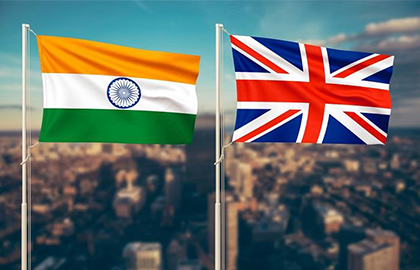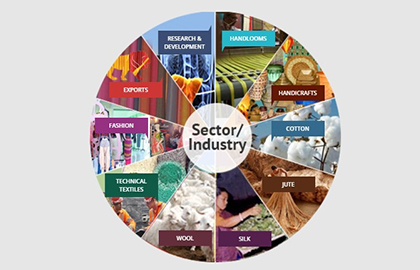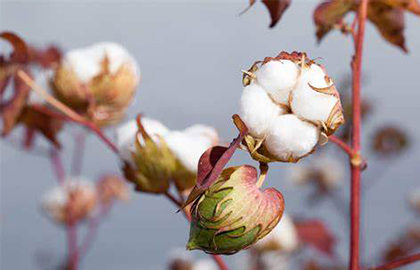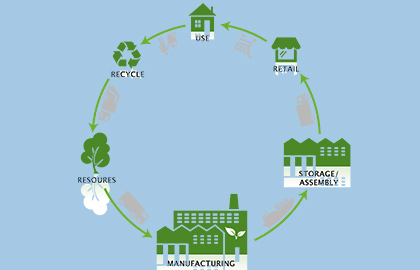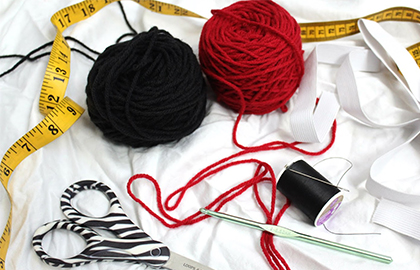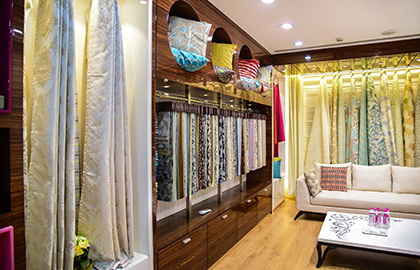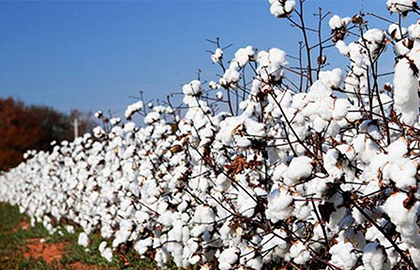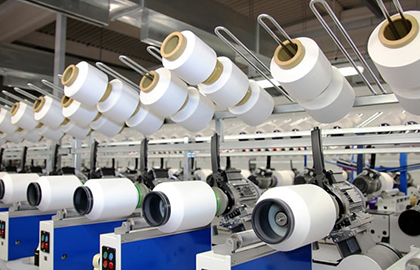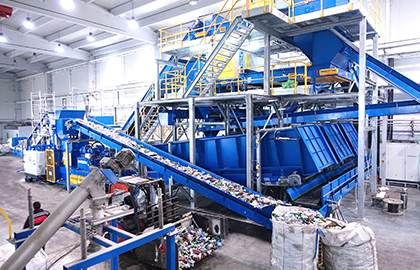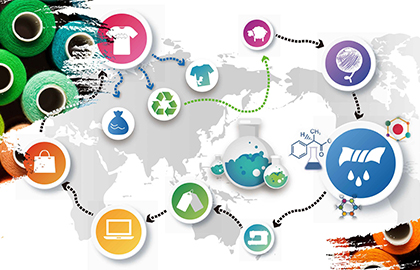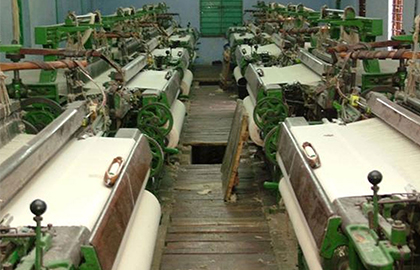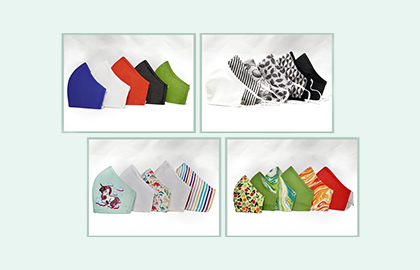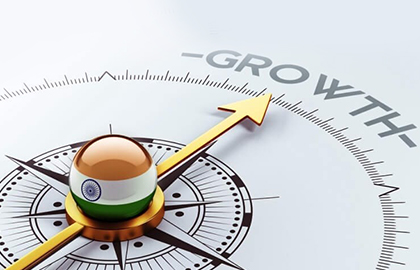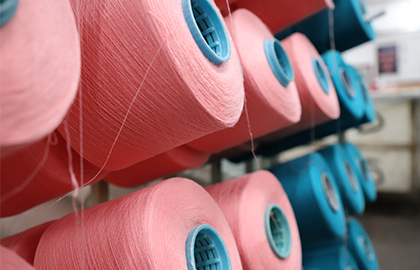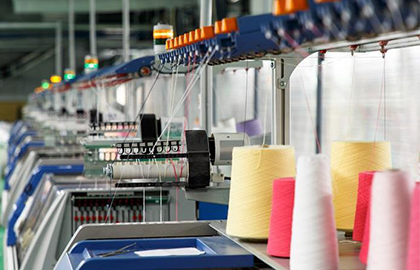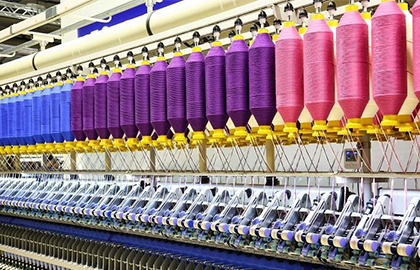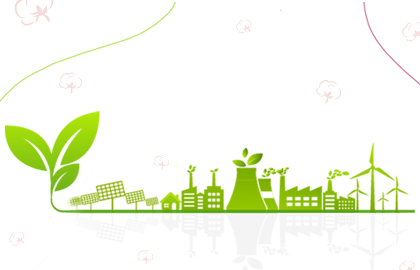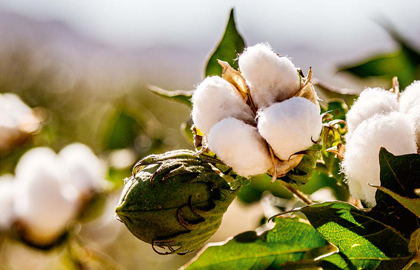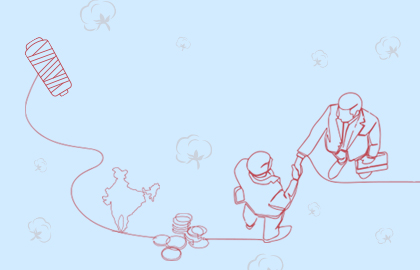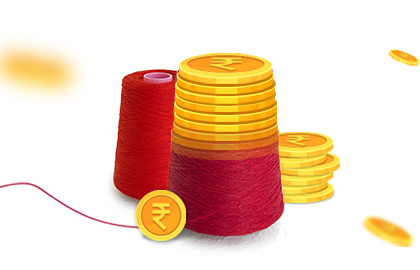
Capitalize On Healthcare Textile Opportunities in Technical Textiles
Technical Textiles have emerged as the heroes that boosted Indian economy this year. With the whole world coming to a halt, this sector became even more relevant during the Covid-19 crisis when global manufacturing came to a grinding halt and the ban on export of critical medical equipment including N95 face masks and protective gears, made it impossible to import. To meet the demand of the domestic market itself was a herculean task. India was entirely import -dependent for PPE kits. From manufacturing 0 PPE kits in March, it soon rose to manufacturing 2.5 lakh a day in 60 days becoming the second largest manufacturer after China. Today, India stands to produce around 4.5 lakh PPEs and more than 1.5 crore masks a day.
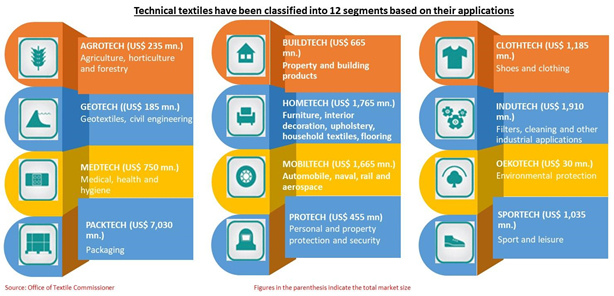
This success story clearly shows the importance of technical textiles in Indian market. Technical textile accounts for approximately 13% of India’s total textile and apparel market and contributes to India’s GDP at 0.7%. The end use application of technical textiles is widespread and seen in industries such as agriculture, construction, sports apparel, healthcare etc. While this has always been considered an important branch of textiles, it gained supreme status this year with the foray into healthcare and health textiles. To overcome the slump caused in economy due to the pandemic, focusing on technical textiles catering to healthcare products seems the best foot forward.
The world at large is still struggling in the shadow of the pandemic. While countries all over are gradually taking cautious steps towards the “New Normal”, most sectors are still facing losses and lack of sales due to the economic slow-down. However, technical textiles in India have seen a boom this year due to the very reason which has brought other industries to a halt. In a country abounding in availability of raw materials such as cotton, wood, jute and silk along with a strong value chain and affordable labour, technical textiles for healthcare sector have thrived. Healthcare textiles have not only been able to meet the demand of the second largest population of the world in the domestic market but also produced enough to become the second largest exporter of masks and ppe kits in the world.
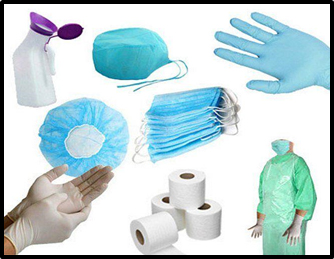
By transforming a Covid-19 crisis to an opportunity, India has proven its ability to innovate and rise to the challenge with limited resources and time. This makes it even more vital for the Government to support this sector. Various initiatives have been taken by the government to fuel production in technical textiles. The Cabinet Committee on Economic Affairs, in its meeting held in February this year, gave its approval to set up a National Technical Textiles Mission, with a four-year implementation period and a total outlay of ₹1,480 crores, to position the country as a global leader in technical textiles. Besides the mission, the central government has taken various other initiatives such as allowing 100% FDI under the automatic route in this sector, and global giants such as Du Pont, Procter & Gamble, Ahlstrom, Johnson & Johnson, and Kimberly-Clark, among others, have taken advantage of it. With an eye on boosting domestic production and job creation, the government is also planning to make the use of technical textiles mandatory for ministries and public agencies .The Centre has also set up integrated textile parks, eight centres of excellence, and the Amended Technology Upgradation Fund Scheme. Another boost comes in the form of the $1.4-trillion national infrastructure pipeline, announced in December. According to the report, the identified projects include energy, road, railway, urban development, irrigation, and health sectors, “where technical textiles can be used extensively”.
In the wake of the pandemic, we can expect this sector to grow by leaps and bounds. According to a recent Invest India report, the global demand for technical textiles is expected to grow to $220 billion by 2025 from $165 billion in 2018, at a CAGR of 4%. India’s technical textiles market shows a growth of 20% from $16.6 billion in 2017-18 to $28.7 billion by 2020-21, according to the Baseline Survey of the technical textile industry by the Ministry of Textiles. By cashing in on the demand for masks and ppe kits across the world, Indian Healthcare Textile sector has jumped up at the opportunity and become a global supplier. India’s leap towards modernisation and its manufacturing competitiveness are some of the key contributors to the growth of this segment.
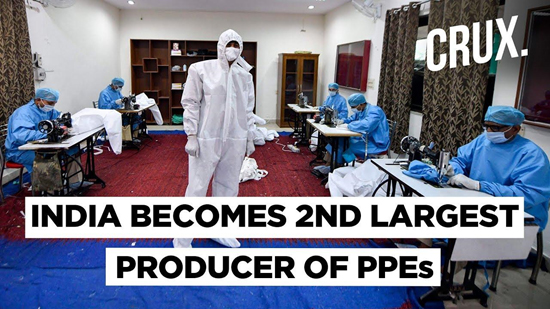
With the near arrival of the Covid vaccine in India for the public, technical textiles are bound to rocket upwards. If Indian Technical Textile sector can use this to its advantage, it will be the launch of a golden era indeed. To cater to the vaccination of India’s domestic population of over 138 crores is a herculean task. The use of technical textiles in this national operation is immense. Starting from production of necessary equipment for the medical team to storage facilities in cold houses for the vaccine-the tasks are widespread and voluminous. By capitalizing on the demands of the vaccination campaign, technical textiles hope to achieve the ultimate pinnacle of success.
The launch of the vaccines will go hand in hand with the ongoing necessity for face masks. Even with vaccines being made available in 2021, it will be a phase –wise process which will be covered for a long period of time. This means that face masks are here to stay as part of our wardrobe essential-at least for a very long time. Apart from these, the medical community largely requires ppe suits, gloves and caps amongst others. This triple window of opportunity is something that the medical textile industry is not hesitating to utilize to the fullest.
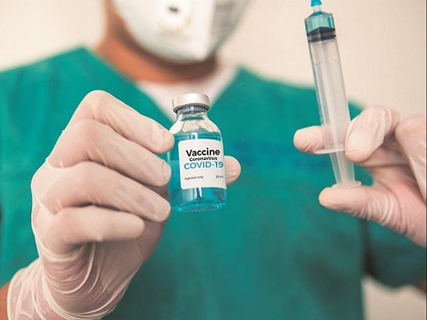
Textile industry has been the second largest employer in India after agriculture. With the need to meet the demand of covid times, technical textiles have zoomed ahead of other textile sectors and emerged as the knight in shining armour not just for the industry but also for the billions of people whose lives are being saved daily by using personal safety products like face masks, face shields, gloves and ppe suits. However, there is still scope for improvement. India is still only at 5-10% of consumption of technical textiles against 30-70% in some of the advanced countries. India hence needs to accelerate to cover up this large gap. As Albert Einstein has aptly said, “In the middle of difficulty lies opportunity.” What remains to be seen is the level to which Indian Technical Textile industry can elevate itself to using the difficult Covid times as an opportunity for growth and capitalization.

